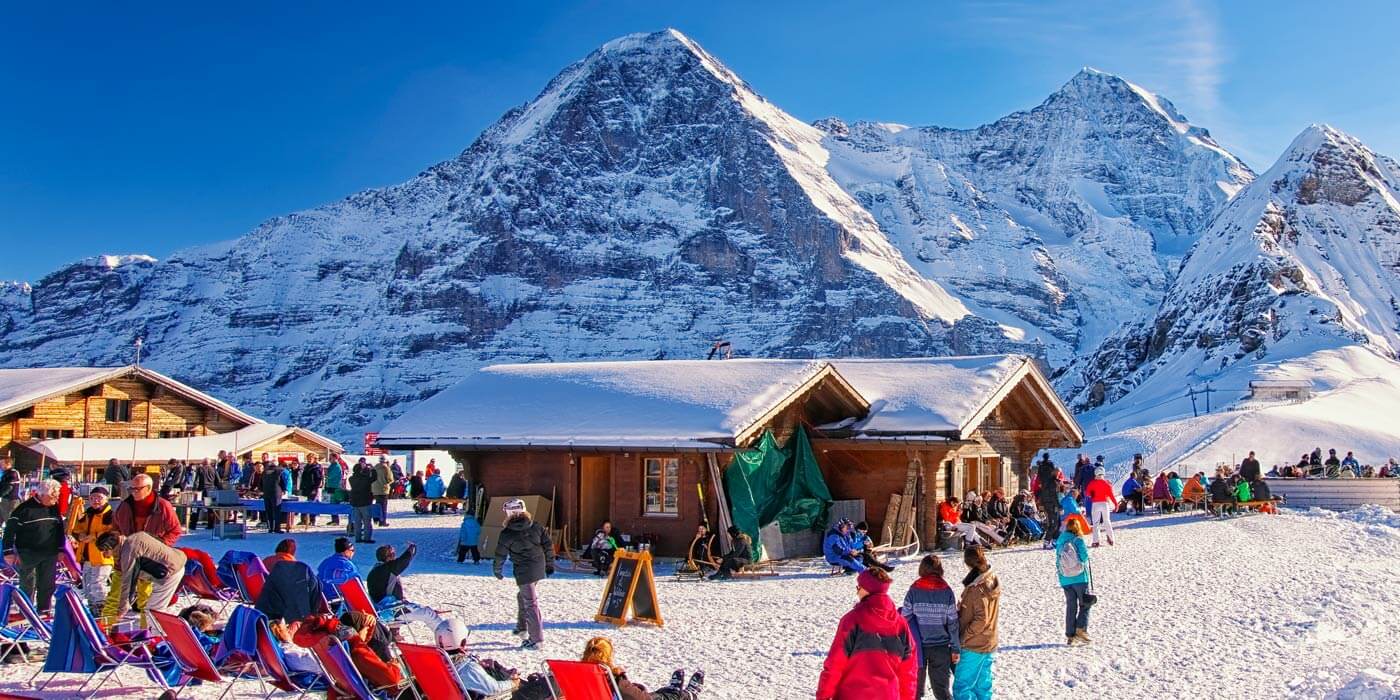
Low season or the winter season is from November to March and days can be short and the weather can be cold. Except for ski resorts, hotels close down or drop their prices during this period and if you enjoy the lack of fellow tourists, the crisp air, then this is the ideal season to visit Europe. From April to May and from September to October are Europe’s shoulder seasons – that beautiful time of the year when the windows are flung open, when the weather is mild and fewer crowds.
Consider booking day tours in destinations as it can be tedious standing in line especially when travelling in the summer. The longer tours have meals thrown in and they all have experienced tour guides to explain everything. Visit forums, travel sites and watch vlogs to discover hidden gems and get tips on planning. Aitken Spence Holidays is one of a premier travel agency in Sri Lanka that offer well coordinated and extensive tour packages to multiple European destinations.
Catalina Forbes is a travel writer who bases her content on many thrilling escapades experienced across the world. Google+
